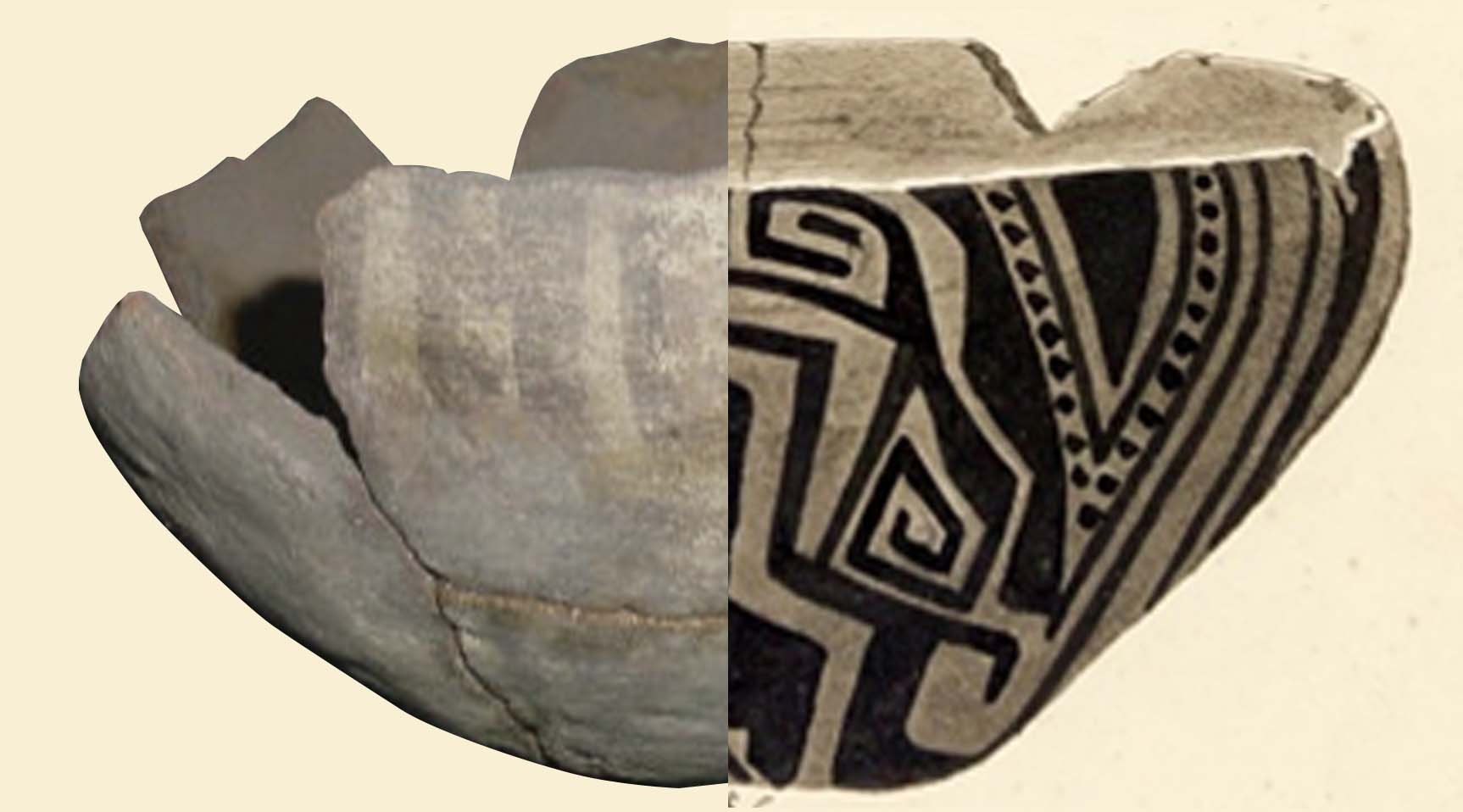The reflections on the Agency of objects in the conformation of the collections. The Institute of Archeology and Museum (IAM, UNT) as an approximation case.
Main Article Content
Abstract
Currently it is considered that the historical and archaeological heritage constitutes, not only an inheritance from the past, but also a constitutive part of the identities of the present, of groups whose socio-historical trajectory is very diverse. These processes have led to diverse evaluations, which attribute to objects a historical, cultural, ritual, emotional load -among others- an aspect that does not exclude scientific practices. Therefore, the strategies for its enhancement aim to guarantee its protection and management from a multidimensional approach, which takes into account this rich variability.
In reference to the safeguarding of heritage assets, there are those collections that come from more than a century of acquisition practices, such as the collection of the Institute of Archeology and Museum, Faculty of Natural Sciences, and IML, of the National University of Tucumán (hereinafter IAM). Taking as a starting point some aspects related to the historical trajectory of this collection, and to published information on this subject, we propose to carry out a series of reflections on the role of objects around the processes of acquisition of collectibles.
In relation to this, we incorporate the concept of agency from a relational perspective that admits multiple modalities and changes over time. This approach aims to get away from the classic dichotomies between subjects and objects, so we propose an active role for the latter in the practices that involved their selection, collection and acquisition.
Downloads
Article Details

This work is licensed under a Creative Commons Attribution-ShareAlike 4.0 International License.
Copyleft
Este obra está bajo una licencia de Creative Commons Reconocimiento-CompartirIgual 4.0 Internacional.
Usted es libre para: Compartir — copiar y redistribuir el material en cualquier medio o formato
- Adaptar — remezclar, transformar y crear a partir del material
- Para cualquier propósito, incluso comercialmente
- El licenciante no puede revocar estas libertades en tanto usted siga los términos de la licencia
-
Atribución — Usted debe darle crédito a esta obra de manera adecuada, proporcionando un enlace a la licencia, e indicando si se han realizado cambios. Puede hacerlo en cualquier forma razonable, pero no de forma tal que sugiera que usted o su uso tienen el apoyo del licenciante.
-
CompartirIgual — Si usted mezcla, transforma o crea nuevo material a partir de esta obra, usted podrá distribuir su contribución siempre que utilice la misma licencia que la obra original.
- No hay restricciones adicionales — Usted no puede aplicar términos legales ni medidas tecnológicas que restrinjan legalmente a otros hacer cualquier uso permitido por la licencia.
Copyrigth
Si bien los derechos de autor de los artículos son de los mismos autores; el titular del copyrigth es la Revista Comechingonia.
Esto estará indicado en cada artículo, asi como la licencia Copyleft anteriormente descrita.
References
Alvarado M. y Azócar M.A. 1994. Documentación y conservación: dos aspectos de la conservación preventiva. En: Boletín del Comité Nacional de Conservación Textil, N°2, pp:19-24.
Arenas, P. y C. Taboada. 2010. De Instituto de Etnología a Instituto de Arqueología y Museo: un tramo de su historia. En P. Arenas, C. Aschero y C. Taboada (eds.), Rastros en el camino... Trayectos e identidades de una Institución. Homenaje a los 80 Años del Instituto de Arqueología y Museo de la UNT. S. M. de Tucumán, EDIUNT.
Bennet, J. 2010.Vibrant Matters: A political ecology of things. Duke University Press.
Berberián, E. y E. Capuano. 1974. El Instituto de Antropología de la Universidad Nacional de Tucumán. Sus etapas y aportes a la cultura argentina, Ediciones Cabargón, Buenos Aires.
Bonnin, M. 2014. Conservación y ética científica en restos humanos indígenas de museos. En: Boletín LATAM oct-dic, pp 18-21. Disponible en: https://www.academia.edu/33594683/Conservaci%C3%B3n_y_%C3%A9tica_cient%C3%ADfica_en_restos_humanos_ind%C3%ADgenas_de_museos_Bolet%C3%ADn_LATAM_oct_dic_2014_pdf
Bovisio, M.A. 2013. El dilema de las definiciones “ontologizantes”: obras de arte, artefactos etnográficos, piezas arqueológicas. En Caiana N°3 , pp.1-10. ISSN 2313-9242
Dobres M. y J. E. Robb. 2000. Agencia en arqueología ¿paradigma o trivialidad?. En: Agency in Archaeology…
Giddens, A. 1995. La teoría de la estructuración. Cuadernos de Sociología, 6.
González, R. 1960. Nuevas fechas de la cronología arqueológica argentina obtenidas por el método de radiocarbón (IV) ; resumen y perspectivas. En: Revista del Instituto de Antropología ,Tomo 1, pp. 303-331.
Guber R., Bonnin M., y A. Laguens. 2007. Tejedoras, topos y partisanos. Prácticas y nociones acerca del trabajo de campo en la Arqueología y la Antropología social en la Argentina.
Hodder, I. 1986. Reading the past. Cambridge University Press
Hodder [Agency and individuals in long term processes. En: Marcia Anne Dobres y John E. Robb eds. Agency in Archaeology 2000: Routledge, Londres. (Traducción: Matías Lepori 2016)
Hodder, I. (2011): Human‐thing entanglement: towards an integrated archaeological perspective. Journal of the Royal Anthropological Institute 17:154-177.
ICOM (Consejo Internacional de Museos, UNESCO). 2012. Criterios actuales de valoración patrimonial.
Ingold, T. 2013. [“The maze1 and the labyrinth: reflections of a fellow-traveller”. En: Relational Archaeologies. Humans, animals, things. Edited by Christopher Watts. Routledge, 2013. Traducción: Andrés Laguens, Octubre 2019]
Latour, B. 2008. Reensamblar lo social. Una introducción a la teoría del actor-red. Buenos Aires: Manantial.
Lucas, G. 2012 Understanding the archaeological record. Cambridge: Cambridge University Press.
Pegogaro, A. 2009. Las colecciones del Museo Etnográfico de la Universidad de Buenos Aires: un episodio en la historia del americanismo en la Argentina 1890-1927. MS. Tesis doctoral. Universidad de Buenos Aires.
Verón, E. 2004. Fragmentos de un tejido. Barcelona. Gedisa.




